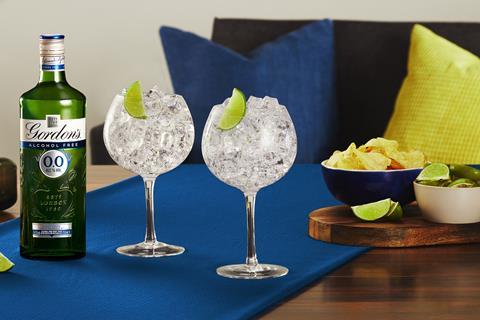
Brits are set for a more sober Christmas – and not just because of further potential restrictions following the spread of the Covid-19 Omicron variant.
Sales of non-alcoholic spirits and FABs have surged in the run up to festivities, in a further sign that the low & no alcohol movement has entered the mainstream , rising 120% in the past year – an £8m gain. Over the course of the year to 3 October, they grew faster than significantly larger categories of adult soft drinks such as fruit juices and ginger ales, which added £7m and £2.4m respectively [Kantar 52 w/e 3 October 2021].
It was “a sign of moderation being normalised and the idea of having a mix of different strength drinks in your fridge or at your party,” said Club Soda co-founder Laura Willoughby. “People are now very conscious that if they have a party or a dinner, they want everyone to feel special, so they will put just as much effort into finding a good alcohol-free offer.”
Seedlip founder Ben Branson added: “[The lead up to Christmas] has felt different this year. December is usually about buying for [Dry] January, but this October, November and December, non-alcoholic has had more of a say and more of a role. It’s felt more balanced and that tells me maybe it is at the beginning of normalising”
While challenger brands were first to market, Diageo’s recently launched non-alcoholic versions of its top spirit brands have stolen the lion’s share of sales in the supermarkets.
Gordon’s 0.0 has racked up £5.58m in sales in its first year. Tanqueray Alcohol Free has almost hit the £1m sales mark since its launch in February 2021. Diageo GB MD Dayalan Nayager said both had “exceeded our expectations”.
Comparatively, Strykk, which is listed in Tesco, added just over £500k between its Not Rum, Not Gin and Not Vodka drinks, which grew to £800k in combined sales [Nielsen 52 w/e 11 September 2021].
Diageo’s dominance hasn’t stopped new entrants from innovating. Strykk this week announced a revamp of its range to provide “a clear path for development into a global brand”, with plans to remove all plastic elements from its bottles by March.
Australian brand Lyre’s, meanwhile, sold in 60 markets across the globe, recently completed a £20m fundraising round, and plans to use a segment of the funds to grow in the UK – although it is yet to land a mainstream retail listing. Last week it was named the official non-alcoholic spirits partner of Dry January.
Non-alcoholic spirits were winning sales because they “enable people to continue to have that sophisticated beverage their palates have become accustomed to as adults”, said Lyre’s founder Mark Livings.
“They can move in a frictionless way into a brand like Lyre’s and then back to the alcohol-containing product. Data shows us that’s where most of the consumption is coming from. Our drinkers are actually drinkers.”
Added Willoughby: “The idea that alcohol-free is for everybody is catching on – pacing is definitely important to people.”
Non-alcoholic spirits were also “increasing occasionality, bringing the spirits occasion forward in the day”, said Livings. “You can now meet mid-afternoon for a business meeting over gin and tonics on a Wednesday in the sunshine.”
It’s not just non-alcoholic spirits that are growing either. Low alcohol wines also pulled in a strong performance, growing by £58.2m – a 64.1% gain, while non-alcoholic beers and ciders added £19.1m (23.9%).
This pointed to a particularly strong Christmas for virtuous beers, said Heineken UK trade category director Alexander Wilson. “December is now the single month in which the greatest number of shoppers purchase from our low & no selection.”
Meanwhile low alcohol wines were benefiting from a major rise in quality, said Willoughby. There were “new players raising the bar in terms of quality like Thomson & Scott and Oddbird… they are improving the taste of still wines as well as sparkling and are beginning to attract some celeb fans who are sharing the love”, she added.







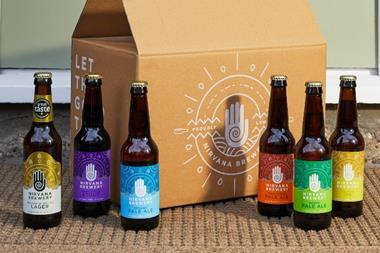
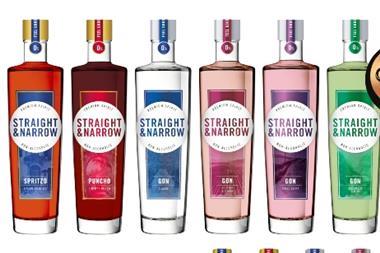

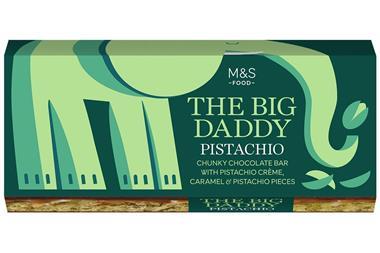

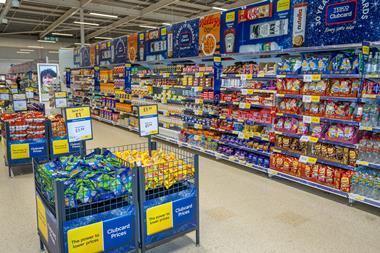





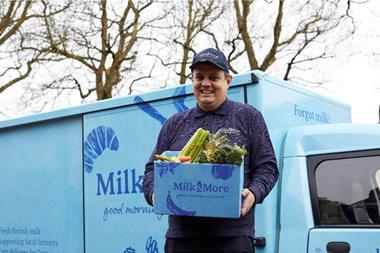
No comments yet